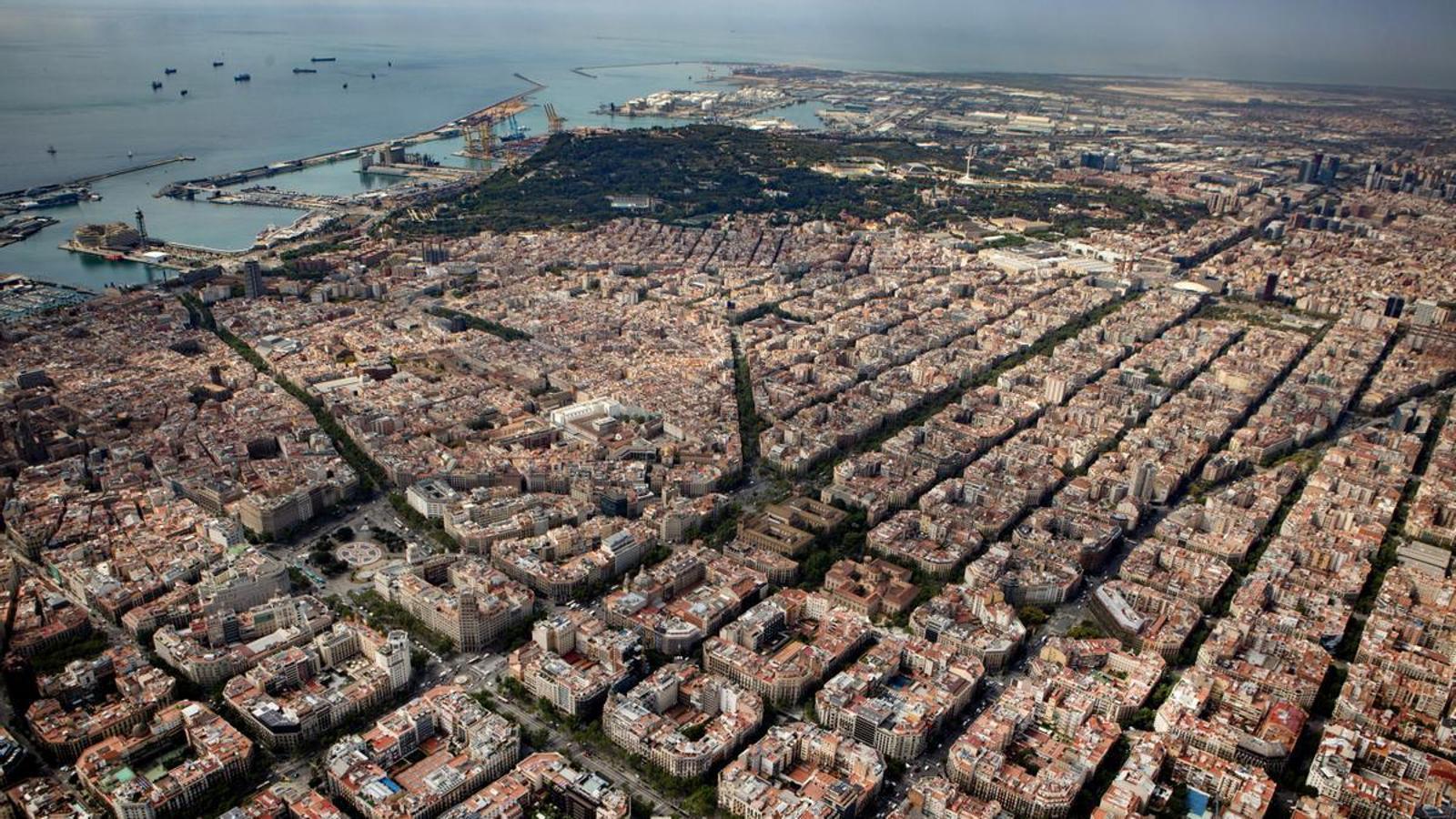Housing, the new infrastructure


Only 15 years have passed since the financial and real estate crisis, which profoundly affected the Spanish middle and working classes and left significant consequences worth remembering. There are so-called toxic assets: real estate and land that have lost economic value, and where the toxicity isn't the assets (houses and land) but the AAA-rated valuations.
It was three crises in one: financial, credit, and real estate, the consequences of which we are still suffering. One of its main elements was the appraisals of housing and land. This led to the creation of new loans in the real estate sector. In the urban planning sector, controls and regulations were increased, primarily in the granting of licenses.
Today, in 2025, we are trying to address the housing crisis, whose regulation was a consequence of the 2012 fiscal rules and austerity policies, and which now needs to be adapted to the current dimensions of this major social challenge for cities.
We start from a statement: housing requires floor, ceiling and money.
If housing is a right and we consider it the fifth pillar of the welfare state, it is essential to substantially increase public investment in housing. The right to health represents 9% of GDP; education, he 4.5% and the pension system, one 12%. Today, public spending on housing represents 0.2% of GDP, far from the 1.5% in the EU.
Addressing this gap requires relaxing the regulations that emerged from the 2008 financial crisis – the rules on spending, deficits, and debt reduction.– to activate all possible financial levers. Barcelona City Council, for example, has a positive treasury balance of €200 million, a surplus, and debt below 30%. We think of the example of the United Kingdom, which just a few days ago announced a plan to acquire and build housing worth €46 billion. Barcelona cannot implement such plans without freeing itself from fiscal constraints. Even so, we will not solve the housing challenge by resorting to public initiatives alone; we need the collaboration of the private sector in its various forms to respond to the construction of affordable and social housing.
Housing is the new infrastructure, so new debates affecting urban planning must be opened: considering social housing as a new "urban system," increasing the buildability of this type of housing, transforming the use of economic and commercial roofs into roofs for social housing, or considering the possibility of increasing the density of the city, services, and facilities.
In Barcelona, we must define a mission: to ensure that the public housing stock reaches 10% of the total in 20 years through our own construction, utilizing third-party surface rights (both through the ESAL agreement for non-profit entities and with other private sector actors), and also through the transfer of private assets to the public sector.
Housing is a major political challenge and debate that requires short- and long-term agreements between the parties. Regulatory agreements, public transfers, or housing production. To resolve the question of Who should invest in, own, and manage these social and affordable housing units? We should set aside purist or extreme positions. Those who consider only public ownership, managed and built by the public sector, as well as those who consider that theThe State must allow the market to operate freely and limit itself to serving the most disadvantaged.
A central question when we talk about the democratic city is what the "social pact" is for the distribution of urban value. Until now, the State and public administrations have been the providers of the welfare state: healthcare, education, pensions, and the long-term care system. Now, the public sector must also fulfill its role as guarantor and provider of the right to housing, using all the tools at its disposal, including collaboration with the social and private sectors.
